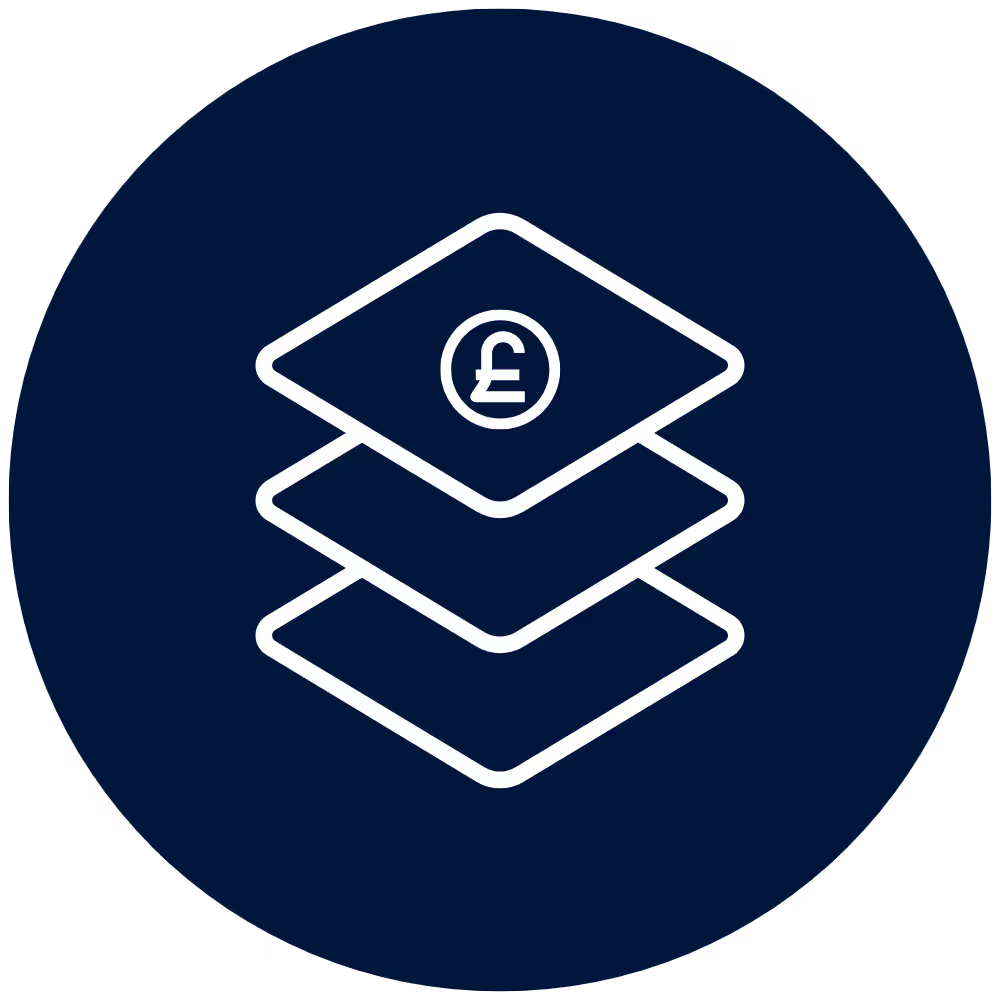Unleash the power of Guest WiFi for hospitality
Connect visitors, enhance customer loyalty, and drive business growth with Guest WiFi for restaurants, cafés, pubs, bars, and more. Secure, fast, and seamless WiFi access for every guest.
- Boost customer loyalty
- Drive revenue growth
- Streamline operations

Loved by many Hospitality businesses









.avif)

Drive industry-leading results with hospitality WiFi
Transform Your Guest Experience with Purple
Elevate interactions, capture insights, and drive engagement with Purple's tailored solutions. Choose the path to transform your guest experience.
Need to Elevate Guest Interactions?
Provide a branded WiFi experience with diverse login options and reliable connectivity, ensuring a consistent service and elevated guest satisfaction.
Struggling to Capture Guest Insights?
Achieve up to 50% higher opt-in rates than other channels. Seamlessly integrate with 400+ CRM and marketing platforms to collect valuable first-party data.
Need to Boost Personalized Engagement?
Deliver customized messages and compelling promotions based on customer behaviors, influencing purchase decisions and strengthening customer loyalty

Seamlessly connect with your visitors
Give your visitors the gift of quick and easy internet access with Guest WiFi for restaurants, cafés, pubs, and more, and enjoy a welcome return on your investment.
Guest WiFi for Hospitality? It equals great results.
.svg)
We are continually looking for new ways to enhance the customer experience, and Purple has helped us do just that, with the added benefit of customer insight
Choose from three Guest WiFi plans for hospitality
Say goodbye to underused features and overpriced plans. Unlock value for money with the right Guest WiFi plan for your hospitality business.
Connect
- Secure captive portal
- Branded splash pages
- 25 supported languages
- Network analytics
- Monitor speed and venue coverage
- Compliance with major data laws
Capture
- First-party data capture
- CRM integration
- Detailed WiFi analytics
- Behavioral insights
- Email address verification
- Access to our support team
Engage
- Customized access journeys
- Personalized communications
- Advanced WiFi analytics
- Full suite integrations
- Passpoint and profile authentication
- Fully managed service options
Get started with Purple
Ready to up your hospitality Guest WiFi game? Prepare yourself for success with our handy resources.












